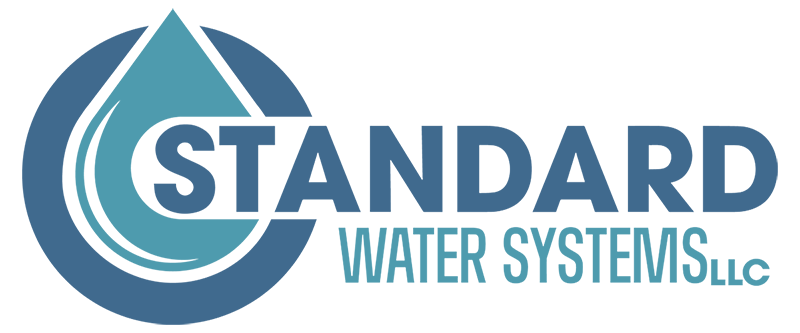Can Reverse Osmosis Remove Gasoline? Insights for Homeowners
Understanding the Effectiveness of Reverse Osmosis in Removing Gasoline from Groundwater
If you live in an area where groundwater is contaminated with gasoline, you may be wondering if a reverse osmosis (RO) system can help remove it. Gasoline is a complex mixture of hundreds of chemicals, and while RO can remove many of these compounds, its effectiveness varies depending on the size and solubility of each compound.
Gasoline Composition and Health Risks
Gasoline is a liquid petroleum product used as fuel for internal combustion engines. It consists of hydrocarbons and is often mixed with additives to improve performance. It is highly flammable and toxic if inhaled. Common components of gasoline include butane, pentane, isopentane, benzene, ethylbenzene, toluene, and xylenes. These substances can pose significant health risks, such as cancer, liver damage, kidney damage, and irritation of the skin, eyes, and throat.
How Gasoline Contaminates Water
Gasoline can enter water supplies through leaking underground storage tanks, spills from gas stations, and other sources. Surface spills can reach rivers, lakes, and streams, while subsurface releases can contaminate groundwater, which supplies about half of the drinking water for Americans.
Reverse Osmosis and Gasoline Removal
Reverse osmosis systems use a semipermeable membrane to remove impurities from water. This membrane allows water to pass through while trapping dissolved solids and contaminants. RO systems are effective at removing a wide range of contaminants, including lead, bacteria, viruses, and pesticides.
RO systems typically include three main components:
1. Pretreatment: Protects the membrane from fouling and damage, usually consisting of a sediment filter and an activated carbon filter.
2. RO Membrane: The core of the system, made of thin-film composite (TFC) material, which removes contaminants from water.
3. Post-Filter: A final stage of filtration, usually a second carbon filter, ensuring the water is safe to drink.
Effectiveness of RO in Removing Gasoline Components
The performance of reverse osmosis in removing gasoline varies. RO can effectively remove large molecules and heavy hydrocarbon compounds found in gasoline. However, it has moderate success with smaller molecules like benzene, toluene, ethylbenzene, and xylenes. For example:
– Benzene removal rate: 55-98%
– Ethylbenzene removal rate: 60-95%
– Toluene removal rate: 60-95%
– Xylenes removal rate: 60-95%
– MTBE removal rate: 85-98%
Activated carbon pre-filters, commonly included in RO systems, are highly effective at removing many gasoline compounds, including benzene, toluene, ethylbenzene, xylenes, and MTBE. However, high concentrations of gasoline can reduce the lifespan of these filters.
Factors to Consider When Choosing an RO System
1. Installation Cost: The complexity of installation depends on your home’s plumbing. Under-sink units can be installed by DIY enthusiasts, while whole-house systems may require professional installation.
2. Maintenance Cost: RO systems require regular filter replacements, with sediment filters lasting about six months and carbon filters needing replacement every 3-6 months.
3. System Size: Consider your household’s water usage. Larger families or homes with high water consumption may need a larger RO system.
NSF Certification
When choosing an RO system, look for units certified by NSF International. NSF/ANSI 58 is the applicable standard for point-of-use RO systems, covering parameters such as material safety, mechanical integrity, and contaminant reduction.
Conclusion
Reverse osmosis is an effective method for removing many contaminants from drinking water, but its performance in removing gasoline is mixed. While RO systems can remove most large molecules in gasoline, smaller molecules like benzene and toluene are only partially removed. Combining RO with activated carbon filters enhances the removal of many gasoline compounds, ensuring safer drinking water for your home.
